Should you eat Dairy products? Part 1 - Pasteurisation
To drink milk, or not to drink milk, is a question that isn’t easily answered. There are a lot of conflicting theories about dairy products, depending on where you’re looking for your information.
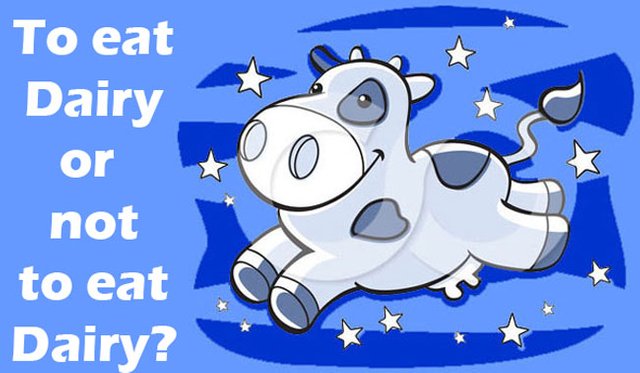
Who can you believe?
Dairy producers will tell you that milk is good for you. They’ll also tell you about all the good things they’ve done to it to make it better – like:
• pasteurising it (so you don’t get food poisoning),
• homogenising it (so it’s creamy all the way through),
• taking the fat out (so it’s not creamy at all, to stop you from getting fat)
• and adding extra calcium (for prevention of osteoporosis) - though they may not tell you that by pasteurising it, they have destroyed the enzyme that enables you to absorb calcium, so all that calcium is useless.
Anti-milk sites will tell you milk is food for baby cows, but is toxic poison for people. They may not talk about areas of poverty where having a cow and being able to rely on fresh, clean milk means the difference between life and death.
Others will tell you that raw or cultured milk is good, but pasteurised or homogenised is bad. They may not always be aware that some people are so ill suited to drinking milk, that even the best quality raw milk must be avoided.
The Paleo position is that milk has only been consumed by humans for a comparatively short time, and that most of us are not fully adapted to it.
So you can see, the truth is a little more complicated. Let’s look at all aspects of the question, so you can make the best choice for you. There are two main things you need to take into account – the quality of the milk, and your individual tolerance to it.
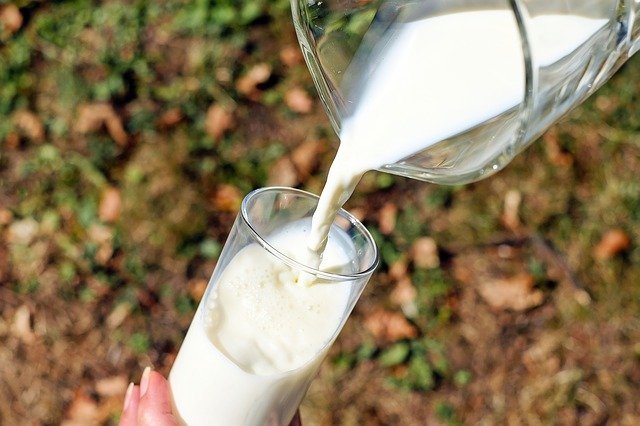
In this first post, we’ll start talking about the characteristics of good quality milk
What we need to consider
• Type of feed
• Organic vs. non-organic
• A1 vs A2 milk
• Type of cows
• Fat content
• Homogenised or not
• Raw vs. pasteurised
• Freshness
If we looked at all of those today, this would be a very long post. So we’re going to start with just one aspect – the one I’ve been asked about!
Raw or Pasteurised?
Why milk is pasteurised
We’re told that milk has to be pasteurised to kill pathogens and prevent disease. But is it true? Up until about 100 years ago, all milk was consumed raw.
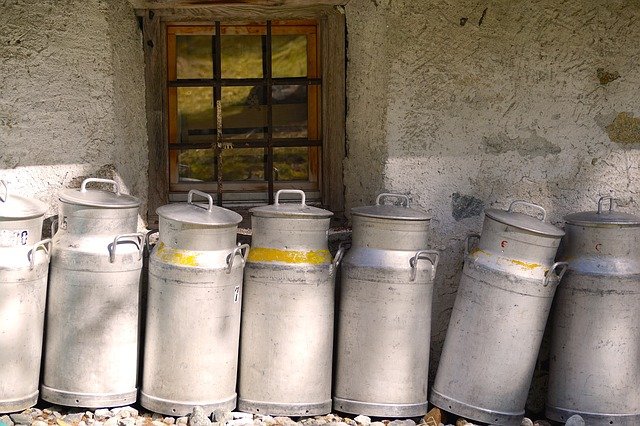
The practice of heating milk to kill germs was instituted in the 1920s to combat diseases caused by poor animal nutrition and dirty production methods.
But times have changed and modern production methods make pasteurisation unnecessary for public protection. Large dairy operations usually produce milk designed to be pasteurised, but often smaller producers know how to care for their cows and treat the milk, so it’s safe to drink raw.
Risk of illness
You may have heard stories of people getting sick from raw milk, due to pathogens such as campylobacter, salmonella, e.coli and listeria. It can happen, but it is very rare in good quality, organic, grass fed, raw milk.
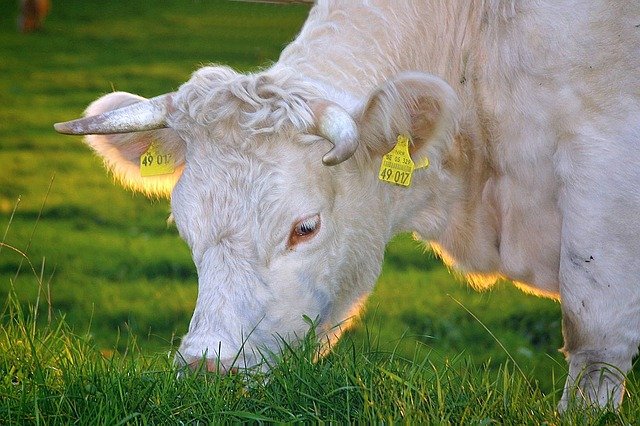
That is due to the natural disease-fighting enzymes present in raw milk from healthy animals, some of which specifically target salmonella and listeria, for example. In California, one organic farm that produces raw, grass fed milk, deliberately contaminated a batch of their milk (for testing purposes only) with millions of pathogens. Within a few days, they had nearly all been neutralised.
If pasteurised milk is exposed to pathogens, on the other hand, it is far more dangerous, as there is nothing to combat them. Nearly all cases of food poisoning are from eating foods other than raw milk (generally foods that most people eat with no concern), or from contact with non-food contaminants. Often an illness is initially attributed to raw milk, but is then traced to something else.
There is a small danger that people with very compromised immune systems may occasionally contract a disease. But this is a much smaller risk than that of developing a chronic illness due to the consumption of pasteurized milk. And to offset it further, raw milk has potential to build up the immune system of such people.
Destruction of enzymes
Pasteurising kills harmful bacteria, but also destroys enzymes (including the one needed for utilising calcium, and the one required to digest lactose or milk sugar), diminishes vitamin content, denatures fragile milk proteins, destroys vitamin B12, and vitamin B6, kills beneficial bacteria and promotes pathogens. It is also associated with allergies, diabetes, increased tooth decay, colic in infants, growth problems in children, osteoporosis, arthritis, heart disease and cancer.

Formation of histamines
A byproduct of killing bacteria by pasteurisation is the formation of histamines. This may be one reason that so many people have asthma or allergies from drinking milk. Raw milk doesn’t contain histamines, and many asthmatics find that while drinking it regularly, they have no or few asthma attacks.
Bad for calves
Calves fed pasteurised milk do poorly and many die before maturity.
Similar effects have been observed with other animals. Early last century, a scientist called Francis Pottenger conducted a series of feeding experiments on cats, over a 7 year period. Those he fed on raw meat and raw milk thrived. Those fed cooked meat or pasteurised milk quickly developed many diseases, by the 2nd generation had stunted growth and high kitten mortality rates, and by the 3rd were unable to reproduce. He wrote about this in his book “Pottenger’s cats”
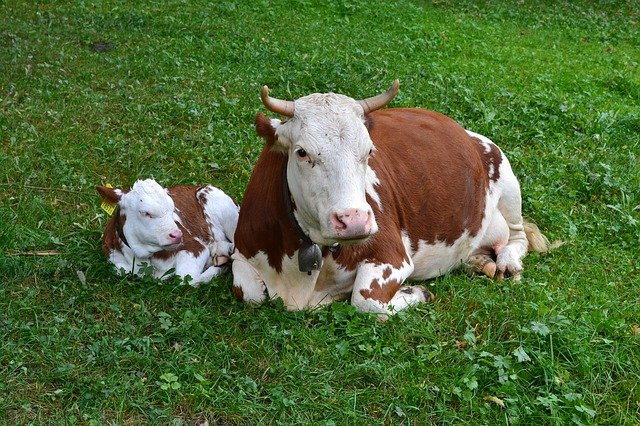
Benefits of raw milk
Historically, raw milk was successfully used as a treatment for many illnesses, including chronic diseases such as asthma. Possible health benefits of switching from pasteurised to raw milk may include:
Less:
• asthma
• allergy problems
• infections
• heart failure
• high blood pressure
• diabetes
• obesity
• and joint stiffness.
Better:
• children’s growth
• calcium absorption
• and immunity.
References
This is an extract from a very long article posted on my website, which I’m splitting into smaller posts for Steemit. More soon on:
• how to recognise good milk,
• how to know if dairy works for you,
• and what to do if it doesn’t.
If you want to read more about raw milk, go to: www.realmilk.com or get hold of The Untold Story of Milk by Ron Schmid.
Edit: One thing I didn't talk about in this post was the corruption that potentially leads to raw milk being difficult to find. Read more here: https://steemit.com/homesteading/@catherinebleish/the-milk-conspiracy-how-dairy-consumers-fought-back-and-won-usd52-million-and-how-you-can-get-paid-too
Thanks for reading
Follow me for more health, nutrition, food, lifestyle and recipe posts.
[I offer one on one nutritional coaching or EFT (Emotional Freedom Technique) sessions by Skype. Bitcoin, Steem or Paypal accepted. Contact me in Discord or SteemitChat.
Some of my previous posts on NUTRITION:
• The wide variety of healthy diets out and what they have in common
• The travels of Weston A Price and his discoveries about healthy diets
• Good fats vs bad fats
• DNA testing for better Health & Fitness
• DNA testing part 2: How Well Do I Digest Carbs?
• DNA testing Part 3: I can’t eat Carbs & How to Manage that
• About the Gut & Psychology syndrome (GAPS) diet Part 1 – Can it help autism?
• GAPS diet Part 2: Foods we can’t have
• GAPS diet Part 3: Foods we CAN have
• GAPS diet Part 4: What if I can’t eat some animal foods
• Salicylate intolerances
• Introduction to the Paleo diet
• How to get started on a Real Food diet Part 1
• Why use Real Food diets for healing
• How to get started on a Real Food diet Part 2


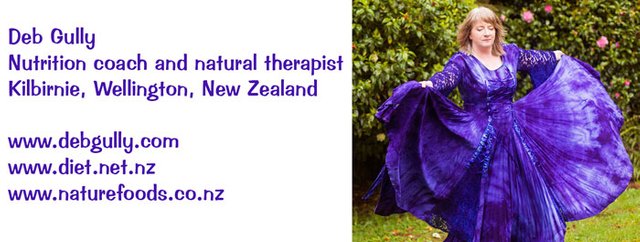
Hello @kiwideb,
Congratulations! Your post has been chosen by the communities of SteemTrail as one of our top picks today.
Also, as a selection for being a top pick today, you have been awarded a TRAIL token for your participation on our innovative platform...STEEM.
Please visit SteemTrail to get instructions on how to claim your TRAIL token today.
If you wish to learn more about receiving additional TRAIL tokens and SteemTrail, stop by and chat with us.
Happy TRAIL!
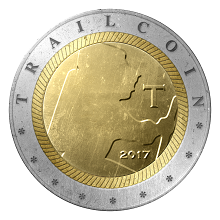
Thanks!
My husband can't drink regular milk - he gets deep, painful zits when he has too much or regular cheese. But when we discovered a non-homogenized milk (still pasteurized) he did not get the zits and felt neutral drinking it. However completely raw makes him feel healthy.
With cheese, he can eat raw cheese no problem.
Interesting! I'll cover homogenisation in the next post. Although intuitively, it seems wrong, there have been no studies to back it up. So this anecdotal evidence is good to know.
Apparently in order to homogenize which doesn't allow the cream to settle on the top,
you must break the fat particles up into 1/100th the normal size.
Breaking them up so small allows them to wreak havoc on the body, as they can enter places of the body that they aren't supposed to end up rather than simply being digested.
Exactly. If we're using common sense, we can see it's not going to be good. I wrote the original article quite a few years ago, so maybe I'll have a look around and see if there have been more studies done since then.
Very useful post.
I believe, based on my own research, that you are correct in the lies told about pasteurization. I don't think it is to protect us from disease at all, but to prolong shelf life, to maximize profit margins--regardless of any negative effects it may have to the consumer.
It's much like just about every other food product nowadays. Corporations have no regards for their consumers health, only for their shareholders profits. Worse than that, because it is the same unimaginably wealthy share holders that control the food industry that also control the pharmaceutical industry, it is in their best interests to diminish our health so that they can further increase their profits through our ill-health and apparent need for drugs.
Upvoted and resteemed.
Well said, my friend!
Great post / article. We had a dairy goat farm when we lived in the states. We did a lot of study on this topic and we chose goat milk as our option. My Mom really got into studying it.
Yes, goat milk is great. It works much better than even raw cow's milk for a lot of people. Thanks for mentioning me in post-promotion.
@kiwideb my body says don't but sometimes when I eat out my mouth says - damn it I want it hahah well it's not too often so I gave in :D
When you eat fairly clean, as we both do, there's often not a lot to eat when eating out. So, yeah, you do the best you can. Or you choose to eat something you might not eat normally. And then you go home and go back to normal. If we're reasonably healthy we hopefully get away with it!
@kiwideb indeed
at home I do eat goat cheese that's the only one that doesn't hurt me -tummy
as for cheese we only take organic though they are careful with cheese here, very careful - we still don't get one that is not certified organic - at least not for - in the fridge.
As for eating out - that we can no longer control.
Excellent information here @kiwideb, thank you. As you say it's really difficult to find out the truth as there's so many conflicting sites. My little boy has always struggled to digest milk and so I mainly give him about 2/3 goats milk topped up with 1/3 either oat, hemp, brown rice or almond milk (all organic), which he has no problems with. Raw cow's milk is simply not available anywhere - there's nowhere even to buy organic cow's milk! I've never been able to know for certain if what I give him is ok - he has a great diet eating all the things I do (you know roughly these ingredients from my food posts), so fingers crossed he's getting all the nutrition he needs. I will definitely be checking out your website article on this, many thanks :-)
Even pasteurised, goat milk seems to be more digestible. All anyone can do is observe their child (and themselves) - if they're healthy, you're doing well, and if there are problems you need to rethink. So I think you're on the right track with him. I will post the rest of the article here over the coming days.
As I understand it, goats milk does not need to be homogenized as the fat particles are already smaller and don't float to the top so easily.
He's very healthy, never had so much as a sniffle, which I'm so thankful for considering he was 2 months prem & nearly died, eek!!! I live so remote I've no family or friends to offer their advice, so I always welcome sound info wherever I find it :-)
Thanks for not only always providing really helpful information, but explaining things so clearly - a real skill these days as most people waffle way too much!
The most interesting stories I hear are from people who were lactose intolerant, after drinking raw milk, are no longer lactose intolerant.
Amazing how this isn't a headline news story.
Well, no, it's much more profitable to sell lactose free milk :-{
Good stuff!
Like my double entendre?
We drink a lot of raw milk. Even after it starts turning a bit, I'll drink it until the flavor bothers me. Of course, then it can be turned to yogurt or kefir anyway. Many don't understand that, generally speaking, when raw milk turns, it just changes to another consumable form.
Sometimes we skim it and shake it for butter, rarely for whipped cream though. Most of the time I just drink it all. The idea of going back to processed milk is pretty appalling now. I might do it for coffee and things like that, but not for just drinking.
:-)
That's the great thing about it - no need to waste it, no need to worry if its putrid, just find other ways to use it.
Whipping raw cream is a bit tricky. I have found some things that help, and I have a post on my recipe website, but I don't think I've posted it here yet.
We just put it in a jar or something to whip it. Don't let it turn to butter. If it does, it's not whipped cream. ;)
Your raw cream maybe has different properties to ours. I find it whips best if its a couple of days old, and very cold. Warm and fresh and yes, it will turn to butter before it even looks like whipping!
I really don't know. I guess it's cold when we do it, because we take it out of the fridge to skim it. During the shaking process there's a point where it sticks to the sides of the jar and gets harder to shake. Much beyond that and we start seeing small yellow dots. You know what that means. :)
I'll have to try shaking. I've always used an electric whisk.
Yeah, and shaking is good exercise. We used to sit on the living room floor as a family and roll the jar back and forth, taking turns shaking. It's a good family activity! :)
And now my belly is shaking from laughing at the mental picture. The family that shakes together stays together? oh I don't know, I don't think it will take off.
Check out the big bucks on deb! Sweet! Very well put together post my friend :)
thanx babe